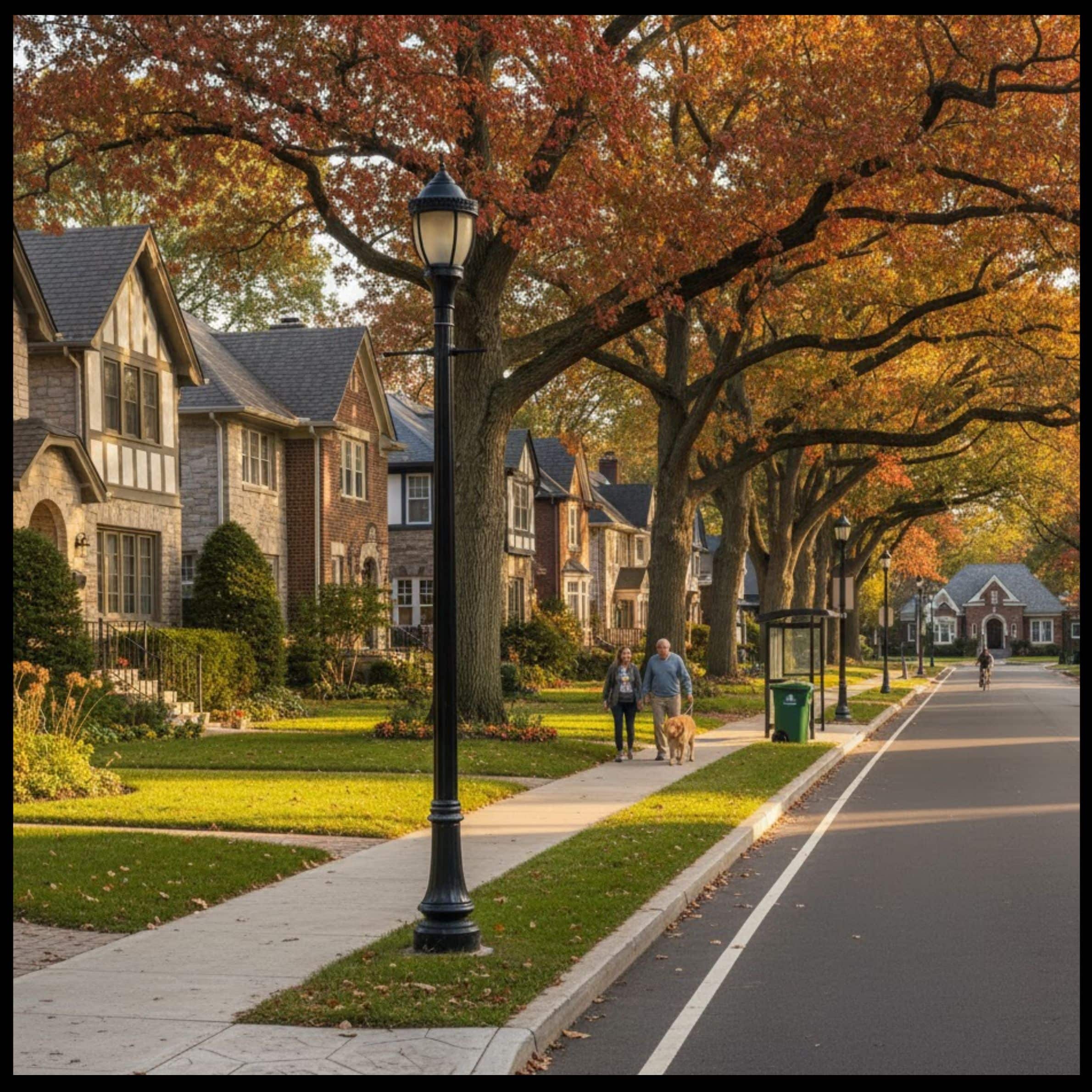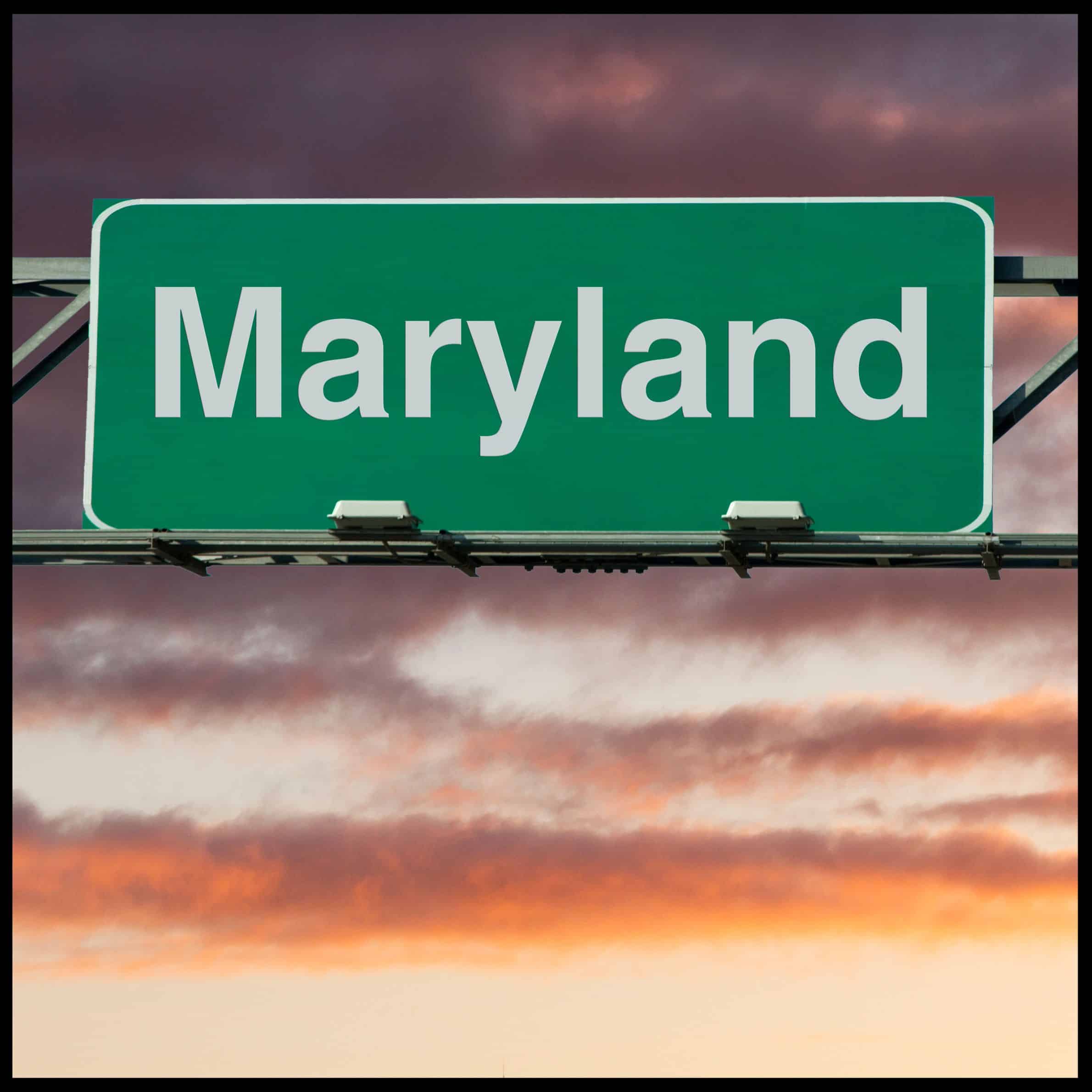Selecting the right neighborhood in Southern Maryland is one of the biggest decisions buyers make, and it ultimately comes down to lifestyle, commute, budget, and long-term goals. With its blend of waterfront charm, suburban conveniences, and access to major employment corridors, Southern Maryland offers a wide variety of communities to explore. Whether you’re seeking proximity to amenities, shorter commute routes, or a quieter lifestyle, each area provides its own unique advantages.
This guide breaks down objective, location-based factors to consider when choosing the right neighborhood—while staying fully compliant with Fair Housing standards and avoiding any language tied to protected classes or personal characteristics.
Understanding Your Lifestyle, Priorities & Daily Needs
When selecting the right neighborhood in Southern Maryland, it’s important to first take time to evaluate how you live day-to-day. This helps you narrow your search based on features that match your lifestyle—not on assumptions tied to demographics.
Here are key questions to consider:
- What type of setting do I prefer—rural, suburban, or closer to commercial conveniences?
- What commute time or transportation access do I need for work or regular activities?
- Do I need access to specific amenities such as marinas, parks, healthcare facilities, or shopping centers?
- What style of home works best for me, and what maintenance level am I comfortable with?
- What is my ideal price range and cost-of-living expectation?
By focusing on lifestyle and practical needs, you can evaluate each neighborhood fairly, objectively, and with confidence.
What to Consider When Selecting the Right Neighborhood in Southern Maryland
If you’re considering the best neighborhood options in Southern Maryland, it’s important to weigh several key factors before making a decision. From commute times and local amenities to schools and long-term growth potential, understanding what matters most to you will help narrow your search and ensure you find a community that truly fits your lifestyle.
1. Housing Options & Affordability
The three counties that make up Southern Maryland—Calvert, Charles, and St. Mary’s—offer a wide range of home types, including:
- Single-family homes
- Townhomes
- Condominiums
- Waterfront properties
- Low-maintenance communities
- Rural homes with acreage
Home prices vary across the region, so comparing affordability, taxes, HOA fees, and typical utility costs can help you determine what fits comfortably within your budget. Reviewing recent sales data and market trends will also give you insight into long-term value.
2. Commute & Accessibility When Selecting the Right Neighborhood
For those who travel regularly to Washington, DC, Joint Base Andrews, Patuxent River Naval Air Station, or other employment areas, transportation options are often a major consideration.
Key roadways in Southern Maryland include:
- Route 4 (connecting Calvert County north toward the DC area)
- Route 5 / Branch Avenue (linking Charles County to the Capital Beltway)
- Route 301 (regional access north and south)
- Route 235 (primary St. Mary’s transportation corridor)
Some areas also have commuter parking lots with rideshare, vanpool, or bus access. If commute time matters to you, try driving your potential route during peak hours to experience real-time conditions.
3. Amenities & Daily Convenience
Consider how close you want to be to essential services and lifestyle amenities such as:
- Grocery stores and pharmacies
- Healthcare and medical facilities
- Gyms and recreation centers
- Shopping and dining areas
- Walking trails, parks, and waterfront access
- Marinas, beaches, or boardwalks
- Historic sites and community activity centers
Different areas of Southern Maryland offer different conveniences. Some provide active commercial hubs, while others offer more rural surroundings with access to nature.
4. Environment, Setting & Outdoor Lifestyle
 One of Southern Maryland’s biggest draws is its natural environment. Depending on what matters most to you, evaluate:
One of Southern Maryland’s biggest draws is its natural environment. Depending on what matters most to you, evaluate:
- Proximity to the Chesapeake Bay or Patuxent River
- Access to hiking, boating, or fishing
- Level of privacy or open space
- Distance from major highways
- Local noise levels and general setting
- Neighborhood landscaping and roadway infrastructure
5. Community Features & General Neighborhood Appeal
 Here are objective factors you can review:
Here are objective factors you can review:
- Local planning and zoning information
- Public infrastructure (sidewalks, lighting, roadway maintenance)
- Age of homes and architectural styles
- Lot sizes and spacing between homes
- Community services such as waste management and public facilities
- General upkeep of public areas and streetscapes
Popular Areas to Explore in Southern Maryland
Below are general descriptions of the region’s three primary counties. Each area offers its own setting, lifestyle features, and local conveniences that may appeal to different preferences. Buyers choosing a community in Southern Maryland often look for factors such as commute times, access to amenities, recreational opportunities, and overall quality of life when evaluating each county.
Calvert County
Known for waterfront access, scenic views, and a balance of suburban and rural areas. Many communities are conveniently located along Route 4, offering access to DC while maintaining a coastal feel.
St. Mary’s County
Features a mix of historic sites, rural landscapes, and suburban development near NAS Patuxent River. Route 235 serves as a major commercial hub with shops, restaurants, and services.
Charles County
Provides a blend of suburban neighborhoods, commercial centers, and easy access to major highways. Areas like Waldorf, La Plata, and Hughesville offer a variety of housing options and proximity to daily conveniences.
Questions to Ask as You Compare Neighborhoods
- Does the neighborhood offer the commute experience I want?
- Are the amenities I use most often close by?
- Do the home styles and lot sizes match my preferences?
- How does the overall environment feel during different parts of the day?
- What type of long-term maintenance will the home and yard require?
- Does the location align with my budget and financial plans?
Tips for Exploring Southern Maryland Neighborhoods
To get the most accurate sense of each area:
- Drive through the community at various times of day.
- Use online tools to review commute times and property data.
- Visit local businesses, parks, and waterfront areas.
- Review county and municipal websites for development plans and services.
- Work with a licensed real estate professional who understands the region. If you’re exploring Southern Maryland communities and need guidance, reach out to The Southside Group Real Estate for personalized support and local expertise.
These steps give you a clear, unbiased look at what living in each area may feel like—without relying on subjective opinions from residents or online forums.
Southern Maryland offers a remarkable variety of settings, from waterfront living to rural landscapes to convenient suburban hubs. By focusing on lifestyle priorities, commute needs, amenities, and overall setting, you can confidently choose a neighborhood that aligns with your goals.
If you’d like personalized guidance as you explore Southern Maryland communities—or want help comparing neighborhoods—we’d be happy to assist you through every step of your home-buying journey.
Frequently Asked Questions About Choosing a Neighborhood in Southern Maryland
How can a local real estate professional help with choosing the right neighborhood?
A local agent can provide property data, explain area amenities, outline commute options, and help you compare homes across multiple counties. If you’re exploring Southern Maryland communities, you can reach out to The Southside Group Real Estate for personalized guidance.
What’s the best way to learn what a neighborhood is really like?
Visit at different times of day, drive the main routes, stop at local businesses, and explore parks and public spaces. Reviewing county and municipal websites for plans and services also helps you understand how the area is developing.
How do I compare the cost of living between neighborhoods?
Look at more than just the purchase price. Compare property taxes, HOA fees, insurance estimates, and typical utility costs. Your real estate professional can help you review recent sales data and local market trends for each area.






